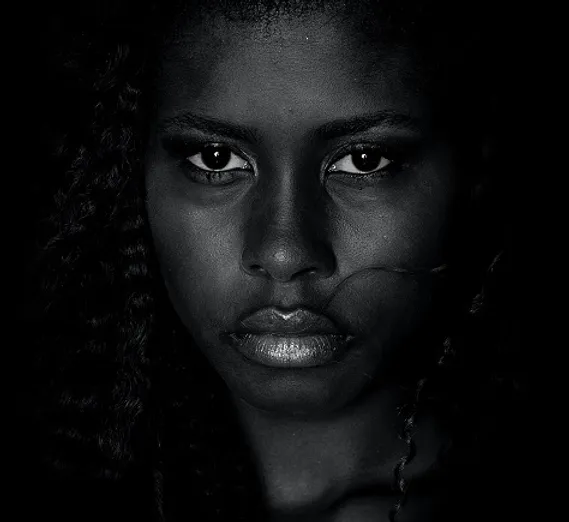When we talk about mental health, it’s critical to recognize that not everyone experiences mental health challenges the same way. Identity, culture, and lived experience all shape the way mental health is felt, addressed, and treated.
One essential concept in understanding these varied experiences is intersectionality—a framework for recognizing how overlapping social identities (such as race, gender, sexuality, class, and ability) can lead to compounded forms of oppression and affect a person’s access to support and care.
What Is Intersectionality?
Intersectionality is a term coined by legal scholar Kimberlé Crenshaw. It refers to how multiple forms of oppression—such as racism, sexism, ableism, homophobia, and transphobia—intersect to create unique and layered experiences of marginalization.
For example, a Black lesbian woman does not simply experience racism, sexism, and homophobia as separate issues. These forms of discrimination overlap and amplify each other, shaping a unique set of challenges that differ significantly from what a white lesbian woman or a heterosexual Black man might experience.
Intersectionality helps us move beyond one-size-fits-all solutions by acknowledging that different identities carry different risks, privileges, and barriers—especially in healthcare and mental health.
Intergenerational Racism and Mental Health
Intersectionality also extends across time. Intergenerational racism—the transmission of trauma, oppression, and disadvantage from one generation to the next—adds yet another layer of complexity.
Many communities of color, particularly Black and Indigenous communities, have endured long histories of:
-
Systemic discrimination
-
Medical exploitation (e.g., the Tuskegee Syphilis Study)
-
Economic disenfranchisement
-
Legal injustices
This historical trauma doesn’t disappear. It continues to influence community health outcomes, trust in healthcare systems, and access to mental health resources.
How Intersectionality Impacts Mental Health Care
Understanding intersectionality is crucial when discussing mental health because certain populations face greater risk and reduced access to treatment due to systemic and cultural barriers.
Some common obstacles include:
-
Cultural stigma surrounding mental illness
-
Distrust of the medical system, especially among communities with histories of harm
-
Lack of culturally competent providers
-
Underrepresentation of minority clinicians in the field
-
Discrimination within healthcare settings
-
Financial and geographical barriers
These challenges may leave individuals feeling isolated, invalidated, or even retraumatized when seeking help.
Accessibility and Compounded Barriers
Accessibility isn’t just about wheelchair ramps or appointment availability. It’s also about emotional safety, inclusivity, and cultural affirmation.
Consider this example:
A transgender person of color may struggle to find a therapist who is both affirming of their gender identity and educated in culturally competent care for their racial background. Even with health insurance and a supportive community, these intersecting identities may create roadblocks to receiving safe, effective, and respectful treatment.
What Can Be Done to Address Intersectionality?
There is no universal solution to solving the challenges of intersectionality, but change begins with awareness, respect, and action.
Here are some steps you can take:
-
Acknowledge that intersectionality exists and affects people in different ways.
-
Educate yourself about the lived experiences of individuals with multiple marginalized identities.
-
Advocate for inclusive policies that center the voices and needs of people at the intersections of identity.
-
Listen to and amplify marginalized voices—especially those historically excluded from mainstream conversations.
-
Challenge bias in your own spaces, including within healthcare, education, and advocacy communities.
Tips for Navigating Care with Intersectionality in Mind
If you belong to one or more marginalized communities, here are some ways to advocate for yourself and seek affirming care:
1. Research Providers
When looking for a therapist or physician:
-
Check their bios for specific mentions of inclusive care (e.g., LGBTQ+ affirming, BIPOC-centered, trauma-informed).
-
Explore their stated values and training.
2. Ask Your Community
Word-of-mouth recommendations can be invaluable. Ask trusted individuals in your community about their experiences with providers.
3. Be Willing to Switch
It’s okay if the first provider you try isn’t the right fit. Prioritize your comfort and safety—it’s worth the extra effort to find someone who truly respects your full identity.
4. Look for Organizations Focused on Your Needs
Many mental health clinics and nonprofits specialize in care for specific communities (e.g., queer youth, people of color, immigrants). These organizations often offer services designed with intersectionality in mind.
Final Thoughts
Mental health challenges can affect anyone—but how we experience them, and how we’re able to respond, is shaped by who we are and the systems around us. Intersectionality reminds us that health is not just about biology or willpower. It’s about context, history, culture, and justice.
By embracing intersectionality, we move closer to building a mental health system that is not just available—but truly equitable, inclusive, and healing for all.


